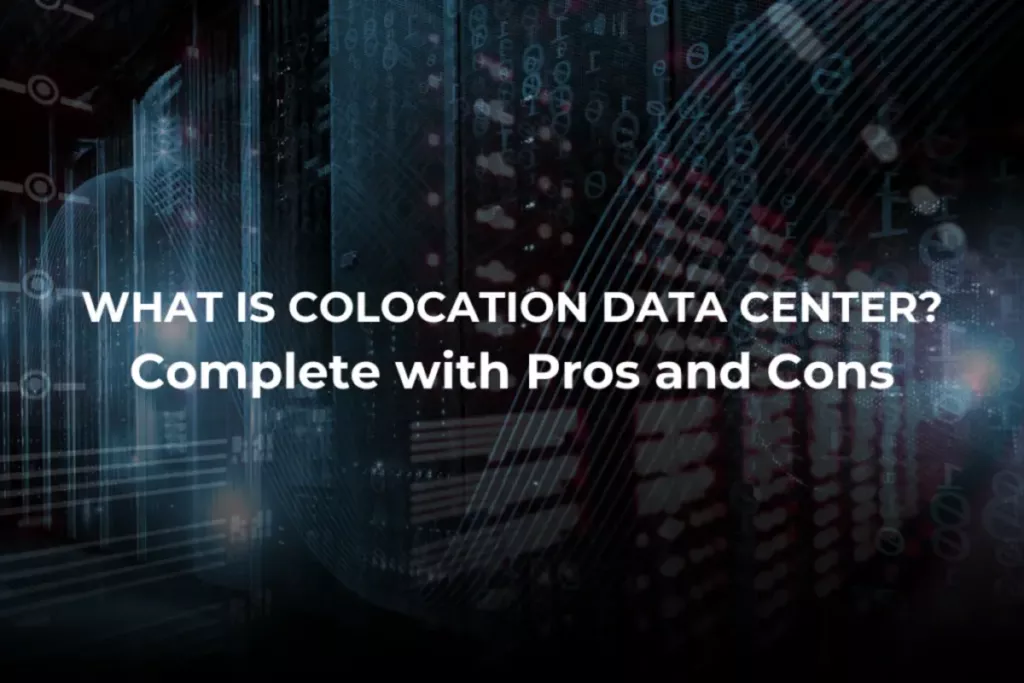Definition of Data Centers, Along with Their Functions and Types

When companies are looking to implement digitalization in their business, building or leasing a data center is one of the key issues that will be considered.
Companies can store, process, and analyze all the data required for business operations via data centers.
Even though we often hear about data centers, do we know what they actually mean? What exactly is a data center? What is the function of this digital infrastructure? And how many types of data centers are there? This article will discuss these questions.
Definition of Data Center
A data center is part of the IT infrastructure that is used as a large-scale data storage center for servers and supporting devices.
Most digitally-driven companies are always associated with data centers, especially for those who need a place to install enterprise-level server computers that are used to store databases and host applications or websites.
Not only that, data centers are used by financial services companies such as banks, web hosting companies, application development companies, cloud service providers, and global internet and technology companies that need facilities to store and operate their servers.
Inside a data center, there are lots of racks to place the servers, along with other devices to operate the IT workload that each company needs. When the required device is ready, these server computers will be used to store, process and transmit data.
One more thing that is no less important: data center development also puts considerable importance on security factors, both physical security such as buildings and security in its software configuration. The more critical and sensitive the data, the higher the security requirements needed for the data center.
Data Center Functions
Above, we have discussed the comprehensive meaning of “data center” with its common users. To complete the discussion above, here are some of the data center functions:
1. Data Storage
The main function of a data center is to store important data and files. When we want to build a simple website, public cloud services may be sufficient because the amount of data stored is not too large.
However, large or multinational companies, the government, and banking institutions certainly have a larger amount of data. For this scale, the data center is a suitable choice for storing files that can be accessible by its related parties.
2. As a Private Cloud
Private cloud is a cloud service dedicated to one business entity and not open to the public. The data center can be used as a private cloud as a way to host an accessible application limited to its stakeholders. Some of these applications range from CRM (Customer Relationship Management) software to ERP (Enterprise Resource Planning).
3. Principal Repositories
Simply put, principal repositories are computer storage areas for maintaining data or software. This location contains files, databases, or information that is set to be easily accessed through an interconnectivity network. In the data center, principal repository parts included are as follows: servers, switches, firewalls, and routers.
Data Center Types
To wrap this topic, let’s talk about the common type of operating data centers. In general, data centers have five types, namely:
- Colocation Data Center: a type of data center that can be leased by companies. Colocation data center services include the entire infrastructure of the data center.
- Enterprise Data Center: this type of data center also has another name, On-premise Data Center, and is a data center usually located within the company’s office.
- Cloud Data Centers: Cloud Data Center shifts the company’s hardware needs, whereas cloud service vendors will manage the infrastructure within their data centers, while companies will lease the infrastructure managed by third-party partners and access data center resources through the Internet.
- Edge Data Center: an edge data center is a data center that is located close to a network or a user, allowing greater connectivity. Its function is to avoid delays in delivery, resulting in faster access, which we know as “low latency connectivity.”
- Micro Data Center: as the name implies, this is a data center with a smaller size that is used to process data in certain areas.


